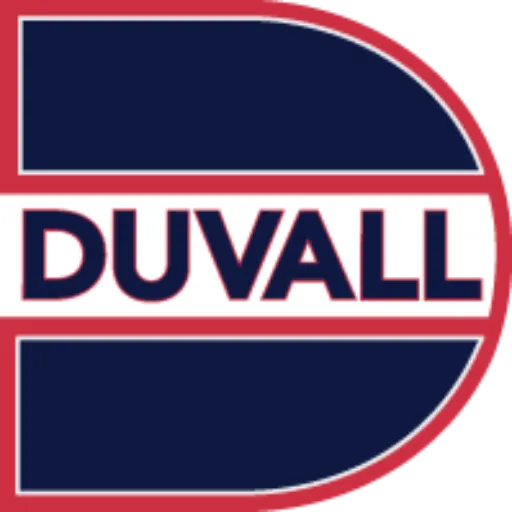The plumbing system within your home is a complex network of pipes responsible for delivering fresh water and removing wastewater. Like any other system, these pipes have a finite lifespan and can deteriorate over time, leading to a range of problems. Repiping services offer a comprehensive solution, involving the replacement of your home’s entire water supply or drain lines. Understanding why repiping might be necessary, what it entails, and the typical process can help homeowners proactively address potential plumbing issues and ensure the long-term integrity of their water systems.
Why Consider Repiping Your Home?
Several telltale signs can indicate that your home’s plumbing system is failing and may require repiping. Persistent leaks throughout your home, despite repeated repairs, are a strong indicator of widespread corrosion or deterioration within the pipes. Similarly, low water pressure across multiple fixtures can be a symptom of mineral buildup or corrosion constricting the flow of water within aging pipes. Discoloured water, often appearing rusty or containing sediment, suggests internal corrosion and the potential for further pipe failure. Frequent clogs in drains, especially if they recur despite regular clearing, can point to narrowed or corroded drain lines hindering proper flow.
The age of your home is also a significant factor. Homes built before the mid-1970s often utilized galvanized steel pipes, which are prone to corrosion and have a typical lifespan of 40- 50 years. If your home falls within this age range and you’re experiencing plumbing issues, repiping might be a necessary long-term solution. Homes built with polybutylene pipes, commonly used from the late 1970s to the mid-1990s, are also at higher risk of failure due to their susceptibility to degradation from chlorine in the water supply.
What Exactly Is Repiping?
Repiping involves the complete replacement of either your home’s water supply lines (the pipes that bring fresh water to your faucets and appliances), the drain lines (the pipes that carry wastewater away), or both. The process typically entails removing the existing, deteriorated pipes and installing new, durable piping materials. Common modern piping materials used for repiping include:
Copper
A long-lasting and reliable option known for its resistance to corrosion and its ability to
handle both hot and cold water. While generally more expensive upfront, copper pipes have a
proven track record.
PEX (Cross-linked Polyethylene)
A flexible and cost-effective plastic piping that is resistant to corrosion and mineral buildup.
PEX is relatively easy to install and is a popular choice for many repiping projects.
CPVC (Chlorinated Polyvinyl Chloride)
Another plastic piping option known for its ability to withstand high temperatures and its resistance to corrosion. CPVC is often used for both hot and cold water supply lines.
The Repiping Process: What to Expect
The repiping process is a significant undertaking that requires careful planning and execution by experienced plumbers. While the specifics may vary depending on the size and layout of your home, the general process typically involves the following steps:
Assessment and Quotation
A licensed plumber will thoroughly inspect your existing plumbing system, identify the areas of concern, and provide a detailed quotation for the repiping services, including the cost of materials and labour.
Preparation
Before work begins, the plumbers will take measures to protect your home, such as covering furniture and laying down protective coverings on floors. They will also discuss the project timeline and any necessary temporary disruptions to your water supply.
Pipe Removal
The existing pipes will be carefully removed. This may involve accessing pipes within walls and ceilings, requiring the creation of access holes.
New Pipe Installation
The new piping will be installed, following the layout of your existing plumbing system. Plumbers will ensure proper connections, secure mounting, and adherence to all plumbing codes.
Fixture Connection
Once the new pipes are installed, they will be connected to your existing plumbing fixtures, such as sinks, toilets, showers, and appliances.
Pressure Testing
After the new system is connected, it will undergo rigorous pressure testing to ensure there are no leaks.
Restoration
The access holes created for pipe removal and installation will be repaired and patched. Depending on the scope of the project, this may involve drywall repair and painting.
